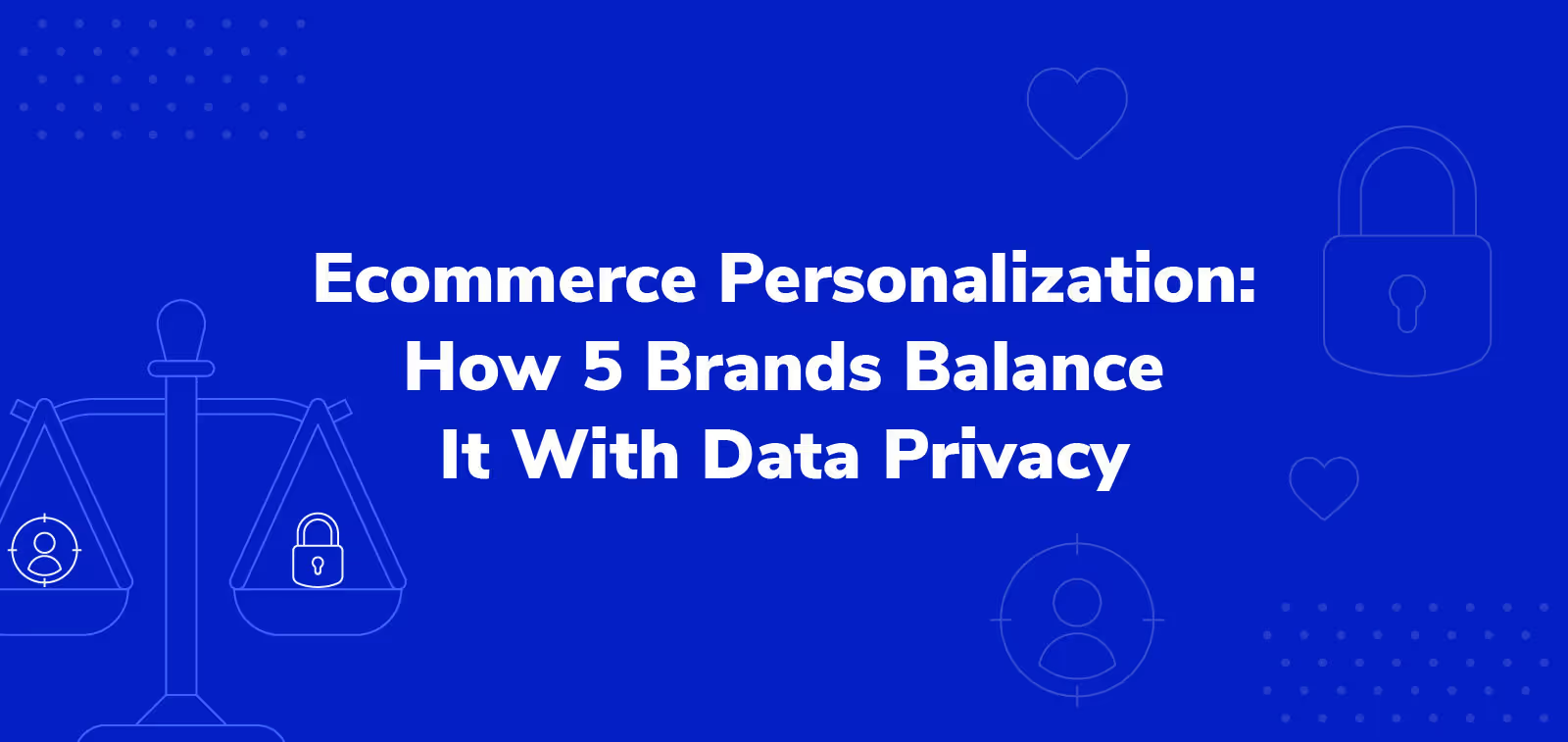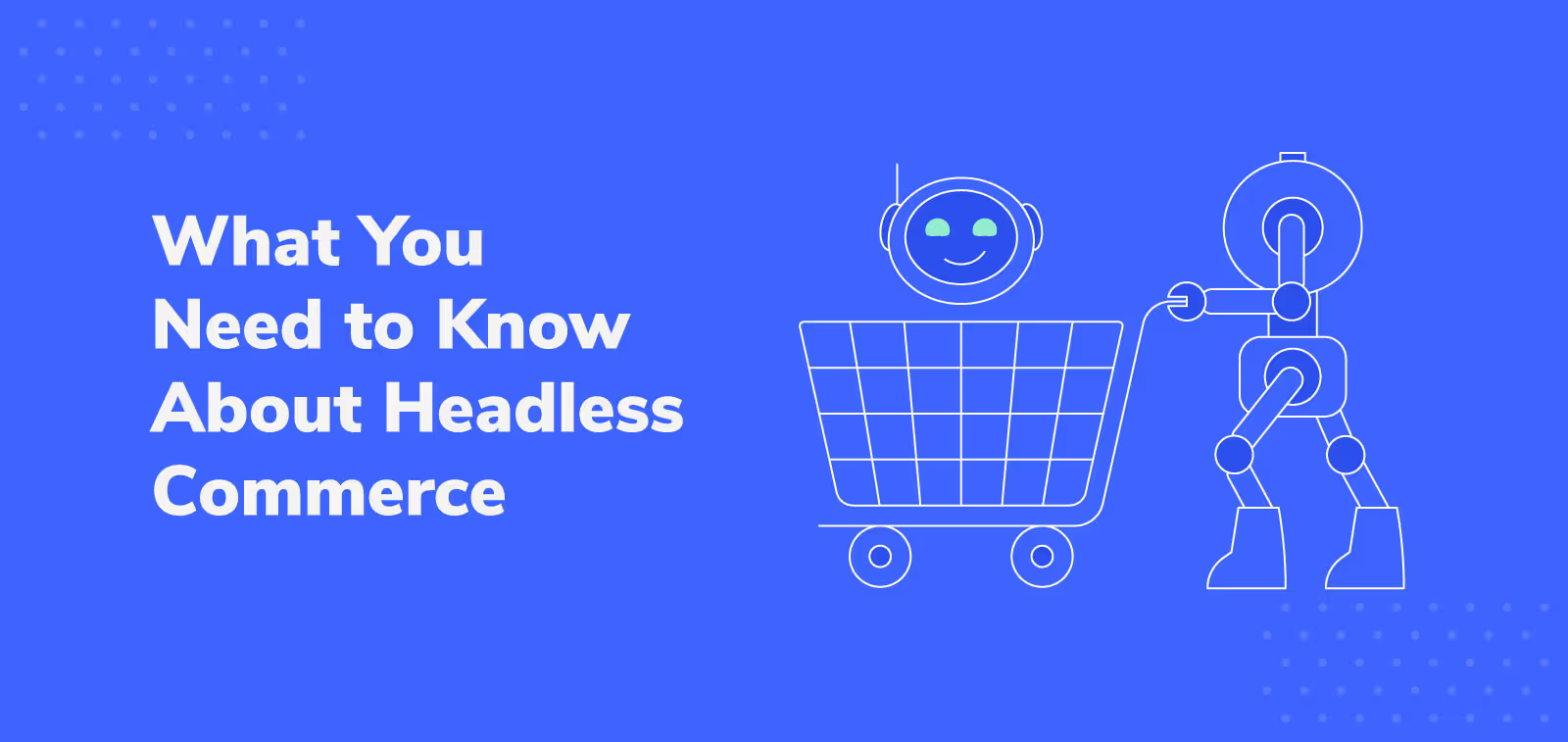How to Offer a More Competitive Checkout Experience and Increase Ecommerce Sales

It doesn’t matter what you sell online — every customer has to go through your checkout.
This is your moment of truth as an e-commerce seller. Will the customer buy, or will they abandon their cart?
The answer depends on your checkout flow. Even if you’ve gained the consumer’s trust, you can still lose their business at checkout if the process isn’t smooth. On the flip side, a fast and secure flow at checkout makes purchasing an item feel as easy as brushing your teeth.
By making a few changes, you can delight the customer with a positive checkout experience — leading to higher sales across the board.
1. Offer payment plans to spread the cost of large purchases
Generally, customers are more likely to convert if they have a variety of payment options. RBC Capital report found that a buy now, pay later (BNPL) option can increase conversions by 20-30% and average cart sizes by 30-50%.
This trend makes sense. There are more people who are able to afford a series of small payments than a single large payment. Let shoppers spread the cost with BNPL, and you’ll likely expand your pool of customers.

To offer a payment plan on your product pages, you’ll need to work with a BNPL provider like Affirm, Afterpay, or Biller. You can find an extensive list here.
To narrow the field, consider these three criteria:
First, confirm the service has experience with your size and type of business. Check the provider website to find a list of their past clients. For example, Afterpay lists Bed Bath & Beyond, Everlane, and Anthropologie on their sales page.
If the BNPL provider is familiar with your industry, their onboarding process should be smooth for your company. And if the company works with businesses of a similar size, it should be able to handle your volume of customers.
Next, make sure the BNPL provider offers enough payment options for your customers. Some providers cap the financing for certain products (like home gym equipment or electronic devices). Others can only split the cost into a maximum of four payments. Check out what payment options each BNPL provider you’re considering can offer before settling on one.
Finally, research the BNPL providers’ policies on hidden fees, late fees, and interest payments. Aim for a provider that’s upfront about their policies, especially around late-fees. The easier it is for a customer to know where they stand, the better. Clarity reduces the chance of unexpected and unwelcome surprises.
Even though a BNPL provider is separate from your company, they shape consumers’ impression of your brand. A shopper who isn’t happy with the service they’ve received from your BNPL provider may think it’s tough to buy a product from your company. Choose your provider wisely to maintain a strong reputation. You can find more details on selecting a BNPL provider here.
2. Enable one-click purchases
When someone adds an item to their cart, there’s no guarantee they’ll make a purchase. According to Fast, 70% of shoppers abandon their carts before checkout. 21% do so because the process is either too long or too complex.
One-click checkout shortens the process, so shoppers are more likely to convert. After installing one-click checkout, Ski Haus Patio Place saw conversions jump by an extraordinary 174%.

Like BNPL, you may need to work with a one-click checkout provider to offer this option on your product page. You can find extensive lists of current one-click checkout services online. Look for providers who have worked with companies of your size in your industry, and watch for any policies that might trip up customers.
Once you’ve enabled one-click checkout, set up your product page with plenty of information to encourage conversions. Offer detailed size charts, product photos from every angle, reviews, and more so customers feel confident purchasing with a single click.
Keep in mind, some one-click checkout providers only allow customers to purchase with one-click if they’re signed into their account on your online store. If that’s true for your provider, leave a sign-in reminder near your checkout button.
While great for some, one-click checkout may not be right for all merchants. While it’s ideal for repeat buyers, it’s not without risk. For example, in some instances average order value (AOV) can decline, and accidental purchases may lead to refunds. For more information on if one-click checkout may be right for your business, take a look at this article on LinkedIn.
3. Accept crypto and digital wallets
In November 2021, Time reported that the size of the global cryptocurrency market had exceeded $3 trillion. Similarly, digital wallets are more popular now than ever before due to their convenience and security. In 2020, Worldpay found that around 44.5% of online transactions were completed with digital wallets, and they project this will grow to 51.7% by 2024.

Appeal to more shoppers by accepting these increasingly-popular payment types. First, check to see your e-commerce platform is compatible with the currencies you want to accept. For example, Shopify is among the most flexible, accepting more than 300 digital currencies including Bitcoin, Etherium, and Litecoin.
If your e-commerce platform is compatible, consider the pros and cons of accepting cryptocurrencies. For example, crypto transaction fees are typically <1%, which is better than most credit cards for the merchant. On the other hand, the volatility of many cryptocurrencies can mean holdings lose significant value, even within a day. This resource can shed some light on whether or not crypto may be right for your business.
If you go ahead with crypto:
- Get a business cryptocurrency wallet. You can find more information on how to do this here.
- Sign up for a crypto exchange such as Coinbase or Gemini. With an exchange, you can convert any cryptocurrency you receive into traditional currencies such as USD or GBP.
- Add a button to your checkout page or share your public wallet address. Check the relevant help page for your e-commerce platform for the specifics on how to do this.
Accepting digital wallets is even easier than crypto. Most digital wallet providers have extremely straightforward guides, such as PayPal’s.
4. Offer competitive shipping options
Retail Touchpoints reports that 88% of online shoppers will pay more for same-day delivery. And data from Metapack shows that 66% of consumers say they’ve chosen a retailer over a rival because of the available delivery choices.
To encourage customers to choose your business, offer a blend of fast and affordable shipping to accommodate a range of budgets and win more sales.

First, determine your competitors’ shipping options by going through their checkout process. Record their shipping times, providers (e.g., UPS, FedEx, USPS, etc.), and prices in a spreadsheet.
If you don't offer shipping at competitive price points, figure out if offering at least the same shipping option is within your budget. If not, consider finding room to offer that shipping option with these cost-saving measures:
- Offer free shipping only for orders over a certain threshold.
- Increase your pricing, and use the extra markup to help pay for shipping costs.
- Find other ways to cut costs and free up space for shipping in your budget. You can find more ideas here.
With competitive delivery options, you’re more likely to win the business of customers who care about shipping.
5. Offer modern product protection at checkout
Brand trust is on the decline, especially among younger shoppers. 63% of Baby Boomers say they trust the average American company to do the right thing. That share drops to 49% and 38% for Millennials and Gen Z, respectively.
As these younger generations make up more of the consumer population, businesses must work hard to build their trust. Product protection plans go a long way in securing customers’ business. Customers have more confidence to buy a product if they know the purchase is covered in the event of a problem, whether that’s product failure or accidental damage.

Unfortunately, many consumers have had poor experiences with traditional protection plans. Modern product protection can pleasantly surprise customers and deliver the greatest level of reassurance at checkout.
Digitally native solutions differ from conventional options in at least four ways:
- The process — Some traditional product protection plan providers ask consumers to complete seemingly endless amounts of forms, while they can complete the entire process seamlessly online with modern protection.
- The coverage — Traditional product protection is usually one-size-fits-all. Modern protection plan providers can develop tailored plans for each product. These can take into account the specifics of each product and the kinds of damage they’re likely to face.
- The speed — Often, legacy product protection can take days or even weeks to get a claim approved. Compare that to the fact that more than 95% of claims processed by Extend are decided within 90 seconds. Reducing hassle is a huge benefit in the eyes of consumers.
- The tech — Conventional product protection is built for the pre-internet world. Extend uses machine learning to develop tailored protection plan pricing. This means that the prices your customers see and pay are based on real data that can be continuously updated. Your customers are more likely to see the price plan that’s right for them.
Start building confidence at checkout with modern product protection. Contact Extend to schedule a demo.
Tweak your checkout to perfection
After taking the actions above, check in with customers who have gone through your checkout process before. Ask how they feel about the changes. Along with asking for feedback, keep a close eye on your checkout-related metrics, like conversions and cart abandonment, to gauge whether your checkout changes are paying off. With enough experimentation and evaluation, you’ll be set to create a competitive checkout experience.
To explore how modern product protection can make your checkout experience more competitive, head over to our contact page to schedule a demo.
Aaron Sullivan is senior content marketing manager at Extend. He specializes in writing about e-commerce, finance, entertainment, and beer.
.svg)













































.avif)










